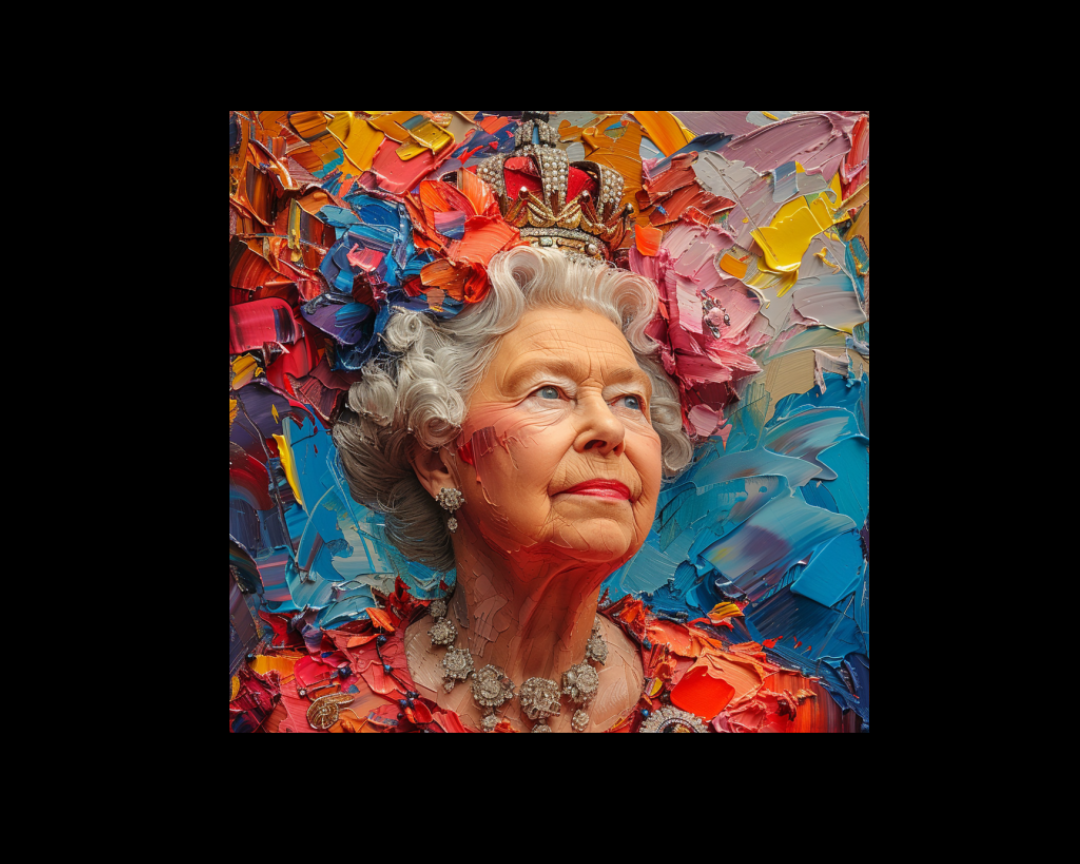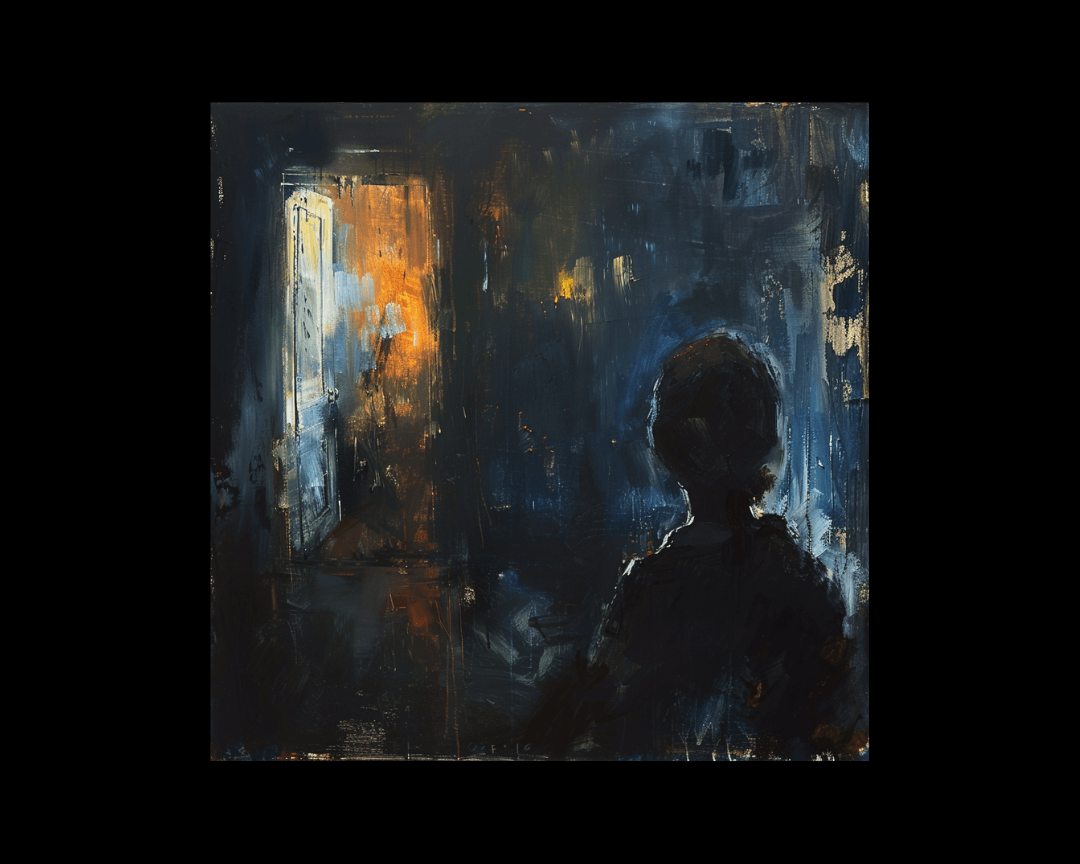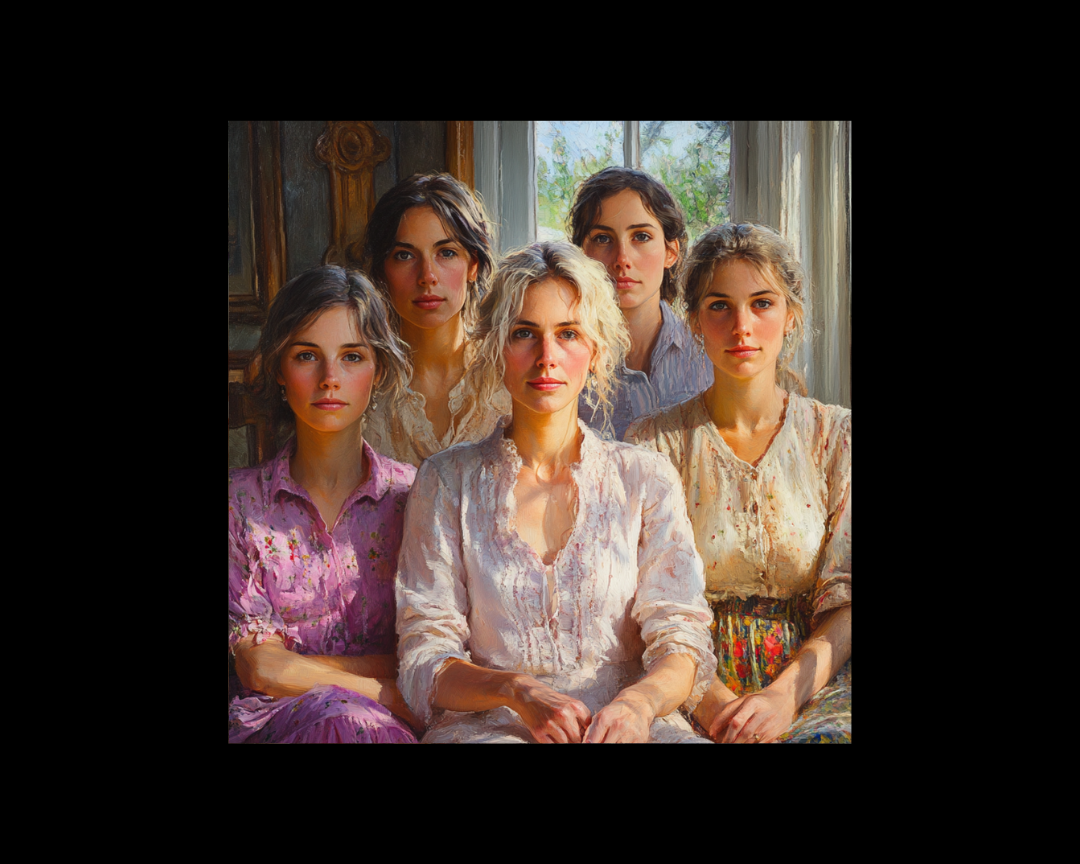Mastering Character Development: Mannerisms and Quirks
When crafting memorable characters, the devil is in the details. A character's small habits, unconscious gestures, and distinctive traits can...

The concept of archetypes, popularized by Carl Jung in 1959, has long influenced character creation in literature. Among these archetypes, the "Queen Bee" stands out as a powerful and often controversial figure. This character type, while familiar, offers rich opportunities for nuanced storytelling when developed thoughtfully.
The Queen Bee is typically an attractive and popular female character who leverages her status, control, and manipulative skills to maintain her social standing or assert dominance over others, particularly other females.
Queen Bees often possess strengths such as charm, confidence, and persuasiveness. However, they may also exhibit weaknesses like callousness, jealousy, and a tendency to be manipulative.
These characters typically value status and power, excel at identifying others' weaknesses, and often use fear or intimidation as control tactics. In "Macbeth," Lady Macbeth's manipulation of her husband to achieve power is a classic example of these tendencies.
Queen Bees may struggle when faced with someone immune to their manipulation or when forced to rebuild their status in a new environment. Estella in "Great Expectations" faces such challenges when her carefully constructed world begins to crumble.
To avoid clichés, consider giving your Queen Bee hidden vulnerabilities or atypical traits. For instance, Emma Woodhouse's journey of self-realization and growth sets her apart from the typical, static Queen Bee character.
Be wary of creating a shallow, one-dimensional Queen Bee with no underlying motivation beyond popularity. Becky Sharp's complex background and survival instincts in "Vanity Fair" make her a more compelling and nuanced character than the stereotypical mean girl.
By drawing inspiration from these classical examples and considering ways to subvert expectations, writers can create Queen Bee characters that are both recognizable and uniquely compelling. Remember, the goal is to use the familiarity of the trope as a foundation for building a character with depth, complexity, and the potential for growth.

When crafting memorable characters, the devil is in the details. A character's small habits, unconscious gestures, and distinctive traits can...

The Challenge and the RewardIn storytelling, the protagonist's journey often takes center stage. Readers watch, transfixed, as characters navigate...

The term women’s fiction is frequently used within publishing circles, but its definition remains elusive. While readers and booksellers increasingly...